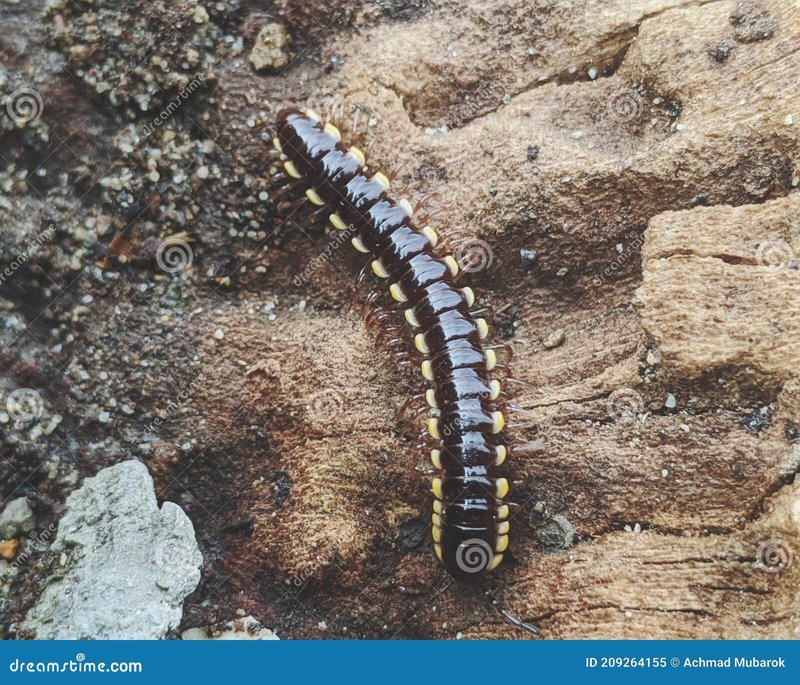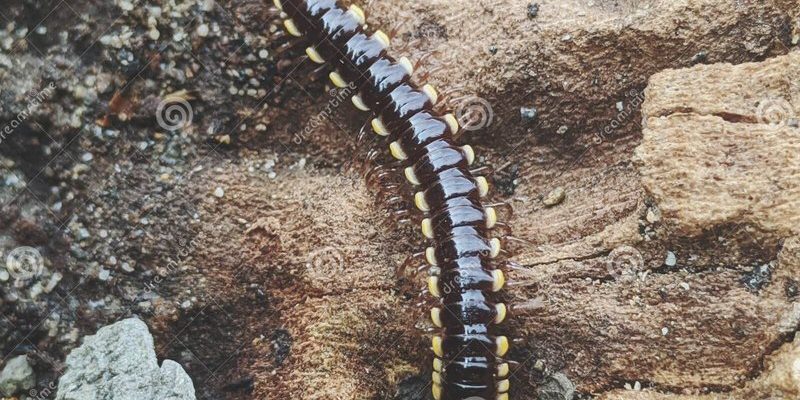
Grindal worms belong to the family Enchytraeidae and are often found in damp, dark environments. They’re not just any worms; they’re small, segmented, and thrive under conditions that make them a favorite among aquarists and fish enthusiasts. Imagine fishing for your favorite bait and finding these little guys dancing in the mud. They’re not only important for nature but also beneficial for hobbyists who keep fish. So, let’s dig into what makes their habitat preferences so unique!
Understanding Grindal Worms
Grindal worms are small, whitish worms, usually measuring around 1 to 3 centimeters long. They resemble potting soil, soft and squishy, which often leads people to overlook them. Unlike larger worms, they prefer to inhabit cool, moist environments. You might be wondering why this matters. Well, their habitat plays a crucial role in their life cycle and, ultimately, their availability as a food source for other animals.
In the wild, Grindal worms thrive in rich organic matter. This might be decaying leaves, mud, or compost heaps where they can munch on bacteria and microorganisms. They are often found in gardens, under rocks, or near water sources. Because they’re so small, they usually remain hidden from predators. However, their presence is vital for maintaining soil health and nutrient cycles.
Preferred Habitat Characteristics
Grindal worms are picky about where they set up shop. They thrive in environments that offer just the right balance of moisture, temperature, and organic matter. Here’s a closer look at what they prefer:
Moisture: These worms need dampness to survive. Too dry, and they’ll shrivel up like a forgotten raisin. Perfect moisture levels help them stay active and provide necessary hydration. That’s why they’re often found in shady spots, where the sun doesn’t evaporate the moisture quickly.
Temperature: Grindal worms prefer cooler temperatures, ideally between 15°C and 20°C (59°F to 68°F). If it gets too hot, they might just disappear! This is one reason you won’t find them thriving in scorching summer conditions or during the icy winter months.
Organic Matter: A rich diet is crucial for these worms. They thrive in areas with plenty of decaying leaves, plant roots, or organic compost. This not only provides food but also helps maintain the moisture they need to live comfortably.
Where to Find Grindal Worms
So where exactly can you find these delightful little creatures? You might be surprised by the variety of locations they call home. Here’s a quick breakdown:
- Garden Beds: If you dig around in your garden, especially in compost-rich areas, there’s a good chance you’ll stumble upon Grindal worms. They love the nutrient-rich soil and moisture gardens provide!
- Wetlands: Places like marshes and swamps are ideal spots for Grindal worms. These areas stay moist and have plenty of organic material for them to munch on.
- Shady Forest Floors: Under the canopy of trees, where sunlight is limited, you can find the damp conditions they enjoy. Look near decaying logs or fallen leaves.
- Near Water Sources: Ponds or streams can also be a good habitat. The soil near these areas tends to remain moist, creating an inviting environment for our worm friends.
Finding Grindal worms can be like a treasure hunt, where each turn offers a new chance to discover them in their natural habitat.
The Importance of Grindal Worms in Their Ecosystem
You might be thinking, “What’s the big deal about these worms?” Well, Grindal worms play an essential role in their ecosystems. They help break down organic matter, turning it into nutrients that plants can use. Without them, our soil wouldn’t be as healthy, and plants could struggle to grow.
Moreover, Grindal worms are a tasty treat for various animals, like fish, birds, and even small mammals. For instance, if you’re an aquarium hobbyist, you probably appreciate how these worms are used as fish food. They’re rich in protein and easy for fish to digest, making them a favorite choice for many. This shows that Grindal worms are not just a backdrop in nature; they’re a critical part of a larger food web.
How Habitat Changes Affect Grindal Worms
The habitat of Grindal worms is delicate, and changes in their environment can have significant consequences. Several factors can affect their populations:
Pollution: Chemicals and pollutants can disrupt their natural habitat. If water sources become contaminated, it can lead to fewer worms in that area, impacting the animals that rely on them for food.
Urban Development: As cities grow, natural habitats are often destroyed. This leads to less vegetation and fewer moist environments, making it harder for Grindal worms to thrive.
Climate Change: Rising temperatures and changing precipitation patterns can alter the moisture levels in the ground. If it becomes too dry, Grindal worms might struggle to survive, which could upset the delicate balance of their ecosystems.
Tips for Supporting Grindal Worm Habitats
If you’re interested in supporting Grindal worms, there are several easy steps you can take:
- Create a Compost Bin: This provides a perfect home for Grindal worms and aids in breaking down organic materials.
- Plant a Garden: A diverse garden can create a welcoming environment for these worms, enhancing soil quality and promoting biodiversity.
- Limit Use of Chemicals: If you’re gardening, try to avoid pesticides and fertilizers that could harm these vital creatures.
- Encourage Moisture: Keeping your garden or yard well-watered will help maintain the damp conditions these worms love.
By taking these small steps, you can help ensure that Grindal worms continue to flourish in their natural habitats.
In summary, Grindal worms may be small, but they play a big role in our ecosystems. By understanding their habitat preferences, we can appreciate their importance and take steps to protect them. Whether you’re a gardener, an aquarium enthusiast, or simply a nature lover, you can contribute to their wellbeing. By fostering environments that support these amazing little worms, we help preserve the natural balance that keeps our world thriving.

